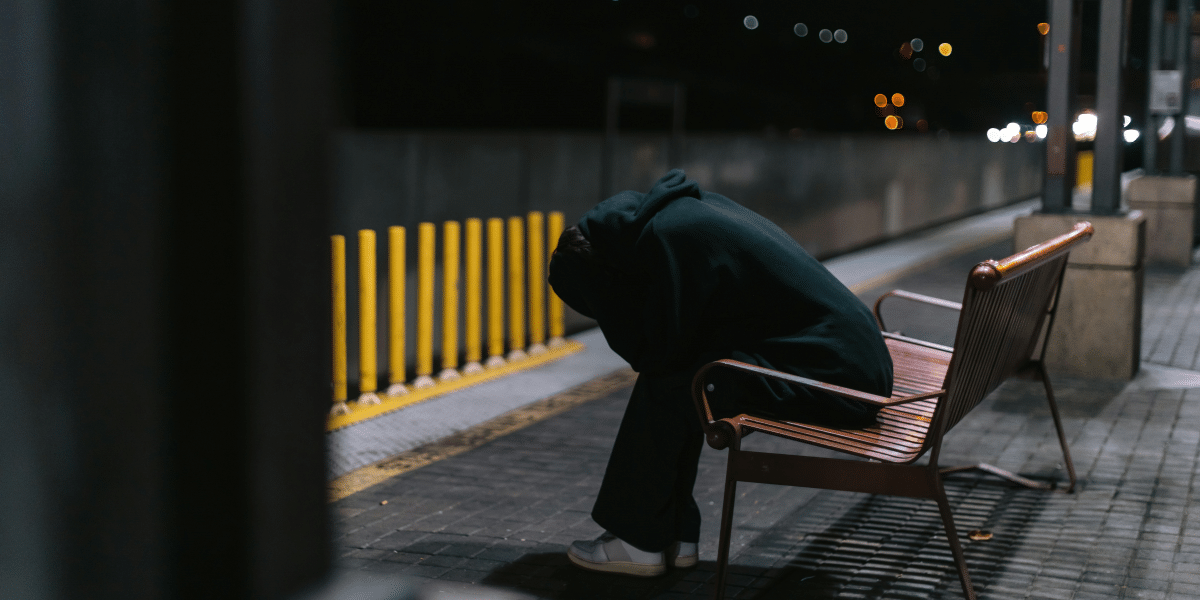Introduction
In today’s world, sustainability is a key consideration in interior design, influencing choices from materials to construction practices. The shift towards eco-friendly designs aims to reduce environmental impact while creating healthier living spaces. Solid surface materials have emerged as a vital component in this movement. Known for their durability, versatility, and sustainable manufacturing processes, these materials offer an ideal solution for modern, eco-conscious interiors. Their ability to combine aesthetic appeal with environmental responsibility makes solid surface materials a compelling choice for designers committed to sustainability. KKR Stone, the leading solid surface manufacturer, exemplifies this commitment to sustainable design.
Environmental Benefits
Solid surface materials are celebrated for their significant environmental benefits. A major advantage is their composition, often incorporating renewable or recycled materials. This approach reduces dependency on virgin resources, aiding in the conservation of natural reserves and lowering the overall environmental footprint of production processes.
Another critical aspect is the low emission of Volatile Organic Compounds (VOCs). VOCs are harmful chemicals in many building materials that can degrade indoor air quality, posing health risks. Solid surface materials, however, emit minimal VOCs, ensuring a healthier indoor environment. This makes them particularly suitable for spaces where air quality is paramount, such as homes, hospitals, and schools.
Furthermore, solid surface materials often meet rigorous environmental certifications and standards, such as GREENGUARD and LEED (Leadership in Energy and Environmental Design). These certifications affirm the materials’ low chemical emissions and sustainable production practices, contributing valuable points towards green building certifications. Choosing materials with such credentials assures their environmental integrity and aligns with broader sustainability goals in construction and design. KKR Stone is proud to offer products that meet these high environmental standards.
Durability and Longevity
Solid surface materials excel in durability and longevity, setting them apart from traditional materials like natural stone and laminate. Unlike natural stone, which can be prone to cracking and requires regular sealing, solid surfaces are engineered to be highly resilient. Similarly, while laminate may offer a budget-friendly option, it often falls short in terms of long-term durability, showing wear and damage more quickly.
One of the standout features of solid surface materials is their resistance to scratches, stains, and heat. This robustness makes them ideal for high-traffic areas such as kitchens and bathrooms. For instance, solid surfaces can withstand the daily rigors of food preparation and hot cookware without showing signs of wear, unlike laminate, which can easily be damaged by heat and sharp objects.
The inherent durability of solid surface materials significantly enhances sustainability by reducing the need for frequent replacements. This long lifespan means fewer resources are consumed over time, and less waste is generated. By choosing materials that last, homeowners and designers contribute to a more sustainable environment, minimizing the ecological footprint of their projects. KKR Stone’s solid surface materials are designed to offer this long-lasting durability.
Design Versatility
Solid surface materials offer exceptional design versatility, making them a popular choice for a wide array of interior design applications. They come in a vast range of colors, patterns, and textures, allowing designers to achieve virtually any desired aesthetic. Whether aiming for a sleek, modern look or a warm, traditional ambiance, solid surfaces can be tailored to fit the specific design vision.
Customization is another key advantage of solid surface materials. They can be molded and shaped to meet unique design needs, enabling the creation of bespoke pieces that stand out. From custom countertops and integrated sinks to intricate wall panels and furniture, the possibilities are nearly endless. This level of flexibility empowers designers to bring their innovative ideas to life, ensuring that every project is truly one-of-a-kind.
Moreover, solid surface materials offer the benefit of seamless joints. This feature not only enhances the visual appeal by providing a smooth, uninterrupted surface but also offers practical benefits. Seamless joints eliminate crevices where dirt and bacteria can accumulate, making these surfaces easier to clean and maintain. This combination of aesthetic and practical advantages makes solid surface materials an ideal choice for sustainable, stylish interiors.
Easy Maintenance and Repair
Solid surface materials are renowned for their easy maintenance and repairability. Their non-porous nature ensures resistance to mold, mildew, and bacteria, making them an excellent choice for kitchens, bathrooms, and healthcare settings. This feature not only promotes a healthier environment but also simplifies cleaning routines.
Maintaining solid surfaces is straightforward, typically requiring just mild soap and water to keep them looking pristine. Harsh chemicals and intensive cleaning processes are unnecessary, further contributing to their sustainability.
In the event of damage, solid surface materials can often be repaired rather than replaced. Scratches and minor imperfections can be easily sanded out, restoring the surface to its original condition. This repairability extends the material’s lifespan, reducing waste and the need for replacements.
Summary
Solid surface materials stand out in sustainable interior design due to their environmental benefits, durability, design versatility, and easy maintenance. They offer a compelling combination of aesthetic appeal and practical advantages, from their use of renewable resources and low VOC emissions to their resistance to damage and ease of repair. As the demand for eco-friendly materials grows, solid surfaces are poised to play a crucial role in shaping the future of interior design. By choosing these innovative materials, designers and homeowners can contribute to a more sustainable, stylish, and healthy living environment. Embrace solid surface materials for your next project and lead the way in sustainable design with KKR Stone.
Published by: Khy Talara










